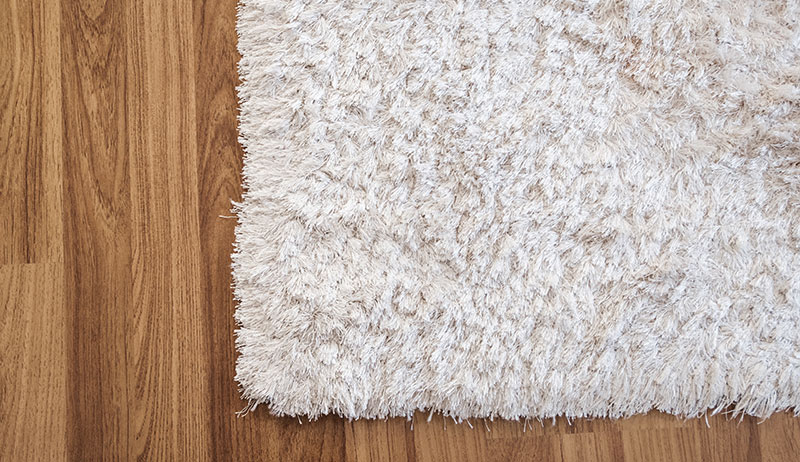
Staying inside, baking goodies and reading by firelight are some of the joys of wintertime. These can also become hazards if your home doesn’t have proper ventilation. Houses have become more airtight since the 1970s, which is good for energy efficiency but not so good for keeping air in the home fresh and safe. Mold, carbon monoxide and volatile organic compounds are common sources of indoor air pollutants. Less common sources include radon and lead.
A relatively easy fix for most indoor air quality issues is to increase the air-exchange rate. Simply refresh the air by opening windows and turning on fans to let fresh air into your home, even in the winter. Here are some common indoor air pollutants and how to detect and lessen them.
Carbon Monoxide
The air inside our homes carries some of the same compounds that we associate with air pollution in big cities from traffic and industry. Carbon monoxide and sulphur dioxide, for example, are created from combustion. Natural gas heaters, wood-burning stoves and gas oven ranges all burn fuels that result in harmful particles and gases mixing in the air we breathe indoors, especially if the ventilation is poor in our homes.
Carbon monoxide detectors are as essential as smoke detectors in homes that regularly burn any type of fuel or have an attached garage. A regular ventilation check on your heating system by a professional is also a good preventative measure.
Volatile Organic Compounds, or VOCs

Offgassing, or outgassing, refers to emissions from volatile organic compounds released from many common household materials. Wall-to-wall carpeting is one of the main culprits of VOCs. They emanate from toxic chemicals in the glues, padding and backing. Carpets can also trap VOCs in floors and paint and slowly release them into the indoor atmosphere. When purchasing new carpet, look for a Green Label Plus from the Carpet and Rug Institute, which classifies carpets, cushions and adhesives by their emissions. An even healthier option is to use area rugs made of wool, organic cotton or other natural fibers such as hemp or jute.
Formaldehyde is a prevalent VOC in pressed-wood flooring, cabinets and other carpentry. If you replace any of these, ask about the formaldehyde content in the wood. A healthier option is to use exterior-grade pressed-wood products, which consist of phenol resins rather than urea resins.
Radon
Like carbon monoxide, radon is a colorless, odorless gas that requires special instruments to detect. Radon is found all over the U.S. and in all types of buildings, although certain areas of the country are more prone to higher levels than others. Radon is a naturally occurring substance released into the air from the breakdown of uranium in the soil.
The U.S. Environmental Protection Agency estimates that radon is the No. 1 cause of lung cancer among nonsmokers. Free or low-cost radon tests might be available where you live. Check out the EPA’s online map, which provides contact information for each state’s radon testing information. Fans that circulate fresh air through and out of basements should reduce radon levels temporarily, however, professional home mitigation is recommended. The average radon reduction system costs about $1,200 and is fairly easy to maintain.
This winter, your cozy time indoors provides a prime opportunity to take stock of your indoor air quality. You’ll breathe a little easier knowing you’ve tested, remediated or refreshed any foul air in your house.




